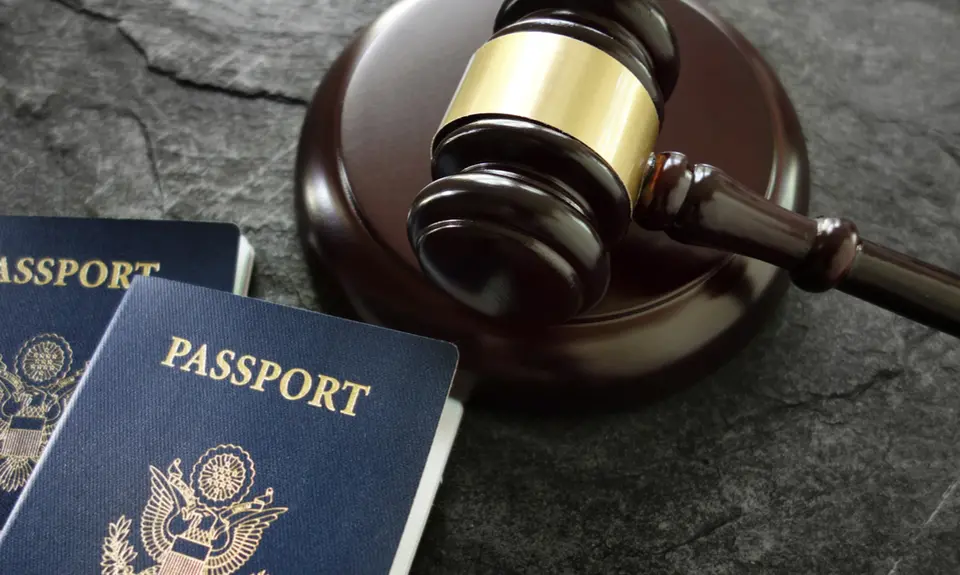“Confirmed Judges, Confirmed Fears” is a blog series documenting the harmful impact of President Trump’s judges on Americans’ rights and liberties. Cases in the series can be found by issue and by judge at this link.
With five Trump judges making a 9-5 majority decision possible, the Eleventh Circuit released an en banc ruling significantly curtailing courts’ ability to review the decisions of immigration officials. The August 2020 case is Patel v. U.S. Attorney General.
An immigration judge (IJ) and the Board of Immigration Appeals (BIA) denied Indian citizen Pankajkumar Patel’s petition to change his immigration status so that he could remain in the country based on a labor certification. This type of relief is generally discretionary under immigration law. In Patel’s case, officials concluded he was ineligible for relief because when he had applied for a Georgia driver’s license, Patel had incorrectly checked a box that said he was a U.S. citizen. He testified that it had been a mistake, but immigration officials concluded it was intentional and that this made him inadmissible. Patel appealed to the Eleventh Circuit, arguing that the record did not support the officials’ factual conclusion.
In an en banc decision joined by all five participating Trump judges—Kevin Newsom, Elizabeth Branch, Britt Grant, Robert Luck, and Barbara Lagoa—a majority of the Eleventh Circuit held that Patel cannot appeal that issue to the courts. They ruled that when immigration officials consider discretionary relief in a case such as Patel’s, their factual conclusions can’t be reviewed by courts to make sure they are not contradicted by the record. They based their ruling on an interpretation of the 2005 Real ID Act, in which Congress took away courts’ jurisdiction in certain categories of cases to hear appeals of denials of “discretionary relief”—a term the majority interpreted broadly in order to reach its conclusion.
Judge Beverly Martin wrote a dissenting opinion, joined by four other judges on the court. Martin criticized the majority for paying “scant attention” to the two “foundational canons of statutory construction” for statutes such as the Real ID Act. The first was the “longstanding presumption in favor of judicial review of administrative actions.” And second was the “longstanding principle of construing any lingering ambiguities in deportation statutes in favor of the [non-citizen].” Judge Martin proceeded to apply those canons in a careful analysis of the statute, explaining that eligibility for discretionary relief is distinct from the favorable exercise of that discretion. Using “the proper canons,” she continued, the Real ID Act “cannot properly be read” to strip the circuit court of jurisdiction to review a finding of fact that is contradicted by the record.”
Judge Martin warned of the dangerous consequences of the majority’s interpretation. By sweeping all factual findings and discretionary decisions into the statutory provision denying judicial review, the majority “gives the government the ability to insulate agency findings from judicial review, solely by the way it charges a case.”
If the government charges someone as removable for being inadmissible, the court can review that decision in its entirety. But if the government does not charge the noncitizen as removable for being inadmissible, and the immigration judge instead deems the immigrant ineligible for discretionary relief because he is inadmissible, the factual basis for the IJ’s decision becomes unreviewable. In both cases, the IJ has found the noncitizen inadmissible, but the government’s charging decision alone will have determined the scope of judicial review. That is an “extraordinary” authority that neither Congress nor the Supreme Court has ever permitted. But it is now the law in Florida, Alabama, and Georgia, the states covered by the Eleventh Circuit.
